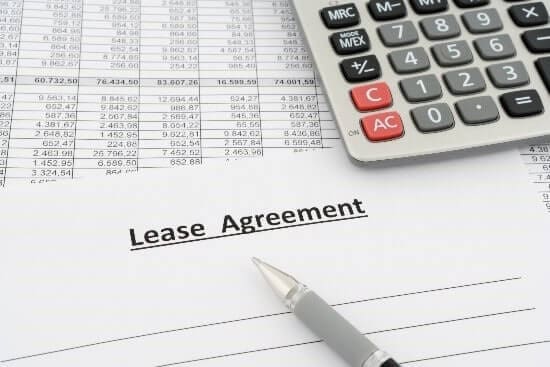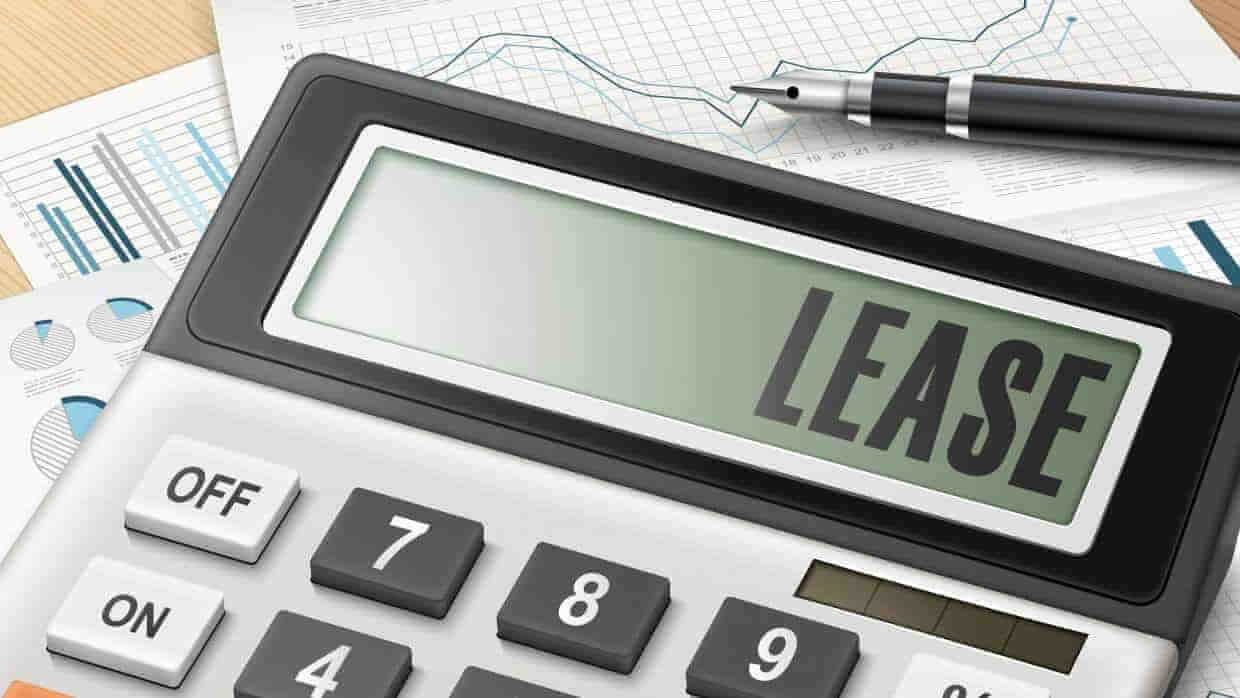One of the biggest accounting changes of the past few years went into effect for public companies at the beginning of 2019. Of course, I’m talking about the new Lease Accounting guidelines under IFRS 16 and ASC 842. So how’s it going so far for public companies and what can private companies learn as they prepare to implement the new guidelines?
The good news for investors is that they now have insights into the lease liabilities of public companies right there on the balance sheet, which had been buried in the footnotes prior. Some estimates put this at over a half a trillion dollars. And while most public companies scrambled to get prepared to implement the new guidelines, recent surveys and reports indicate that many accomplished this via brute force and they still don’t have a sustainable process and system for supporting the new guidelines going forward.
Lessons Learned for Private Companies
Private companies have 6 months to prepare, as the new guidelines go into effect for them starting in 2020. While these organizations are at varying stages of readiness, the good news is they can learn from the public companies’ experience to date. So, what have the learnings been?
A recent article in the Journal of Accountancy highlighted several lessons learned and areas to pay attention to. This includes:
- Gathering documents is a big chore – start early
- The standard is lengthy – take the time to understand it fully
- Lease arrangement may be hidden in other contracts – be diligent
- Companies will need to implement or modify internal controls
- Debt covenants could be affected – work closely with lenders
- Time and costs of compliance could be substantial
- Carefully evaluate the lease accounting software alternatives
Selecting the Best Software Solution
On the last point highlighted by the journal on software alternatives – I wrote an article for Accounting Today last year that highlighted several options organizations could consider for supporting the new lease accounting guidelines. The key message was that spreadsheets are not the right tool to support lease accounting requirements, mainly due to the volume of data and complexity of calculations. The more viable alternatives include:
- Custom applications: An organization can commission its IT department to build a home-grown lease accounting solution.
- Standalone applications: There are several packaged applications available on the market that can address lease accounting requirements out of the box.
- Integrated applications: Some existing software applications offer lease accounting solutions as an extension of their system. Examples would be enterprise resource planning or corporate performance management software packages with integrated lease accounting modules.
There are pros and cons to each of these approaches. While many organizations have invested in  standalone, lease accounting solutions – a growing number are seeing the benefits of integrated applications. This approach provides a purpose-built solution, while leveraging your existing software platform investment. Another advantage is the ability to post lease accounting-related journal adjustments directly to the general ledger or corporate consolidation system.
standalone, lease accounting solutions – a growing number are seeing the benefits of integrated applications. This approach provides a purpose-built solution, while leveraging your existing software platform investment. Another advantage is the ability to post lease accounting-related journal adjustments directly to the general ledger or corporate consolidation system.
Extending OneStream for Lease Accounting
A good example of this approach is the Lease Accounting solution developed by OneStream partner Agium EPM. Agium created a Lease Accounting solution that leverages the power of the OneStream XF unified CPM platform, and aligns lease accounting with the financial close, consolidation and reporting process. This solution has been successfully adopted by dozens of companies in North America and EMEA and the results have been outstanding. The benefits include:
- Lease accounting is incorporated into the regular monthly reporting workflow for accounting staff
- Consistency in calculating the lease accounting re-measurements
- Automatic generation of journal entries
- Ability to analyze the lowest level of the contract details
- Ability to address irregular payment schedules
- Transparency for corporate staff
- Comparative reporting of balance sheets and income statements pre-and post-lease accounting adjustments
- Accurate tie-out reports and full audit trails
- Low cost by leveraging existing software investments
- Easy integration into budgeting and forecasting
Learn More
To learn more about the advantages of this approach, register for the upcoming webinar featuring Agium EPM and Eurofiber, or contact your local OneStream account representative.
Get Started With a Personal Demo



